
How I Use Art to Process Emotional Pain as an INFP
 9 min
9 min
How I Use Art to Process Emotional Pain as an INFP
Photo by Matthieu Comoy on Unsplash
Pain can be overwhelming, especially if experienced daily. After a year and a half of suffering from chronic physical pain, I’m glad to be seeing the end of the tunnel. Yet, the emotional trauma of being unwell for so long will stick with me for a while. It will take time for me to feel safe in my body again. Add to that the collective pain being experienced in society, and mentally processing pain suddenly becomes a big challenge and a necessity.
I’ve relied on crying, talking, and journaling to deal with my pain. But because of experiencing so much pain, I often feel like there is only so much crying and talking one can do. Although relieving, crying can be draining, and sometimes I get tired of hearing myself talk about my problems.
I realized that I needed extra space to express my pain and transform it into something useful. So lately, I’ve been wading into using that energy to create art.
Why I Feel Making Art is Important for Processing Pain
While breaking out some brushes and acrylic paint, my mind drifted to Frida Kahlo. I kept thinking of the images I had seen of her painting while laid up in bed. I thought of her often while I was confined to bed for a few months last year, afriad that I would never get out of it. Frida Kahlo spent much of her life in pain, but I believe that her art helped her to maintain a sense of self.
When we experience emotional or physical pain for long periods, it can devour our identity because it’s such a strong emotion and sensation. Creating art can help us see our emotions and their effects while maintaining awareness that pain is an experience. It’s not who we are.
Using art to process pain is energizing. It turns it into something constructive and gives it form. Plus, it allows us to share feelings in a way that reaches others without weighing them down with the never-ending nature of our problems. Even better, expressing pain through art can help others identify and heal their pain.
From the view of personality type, INFPs are wired to transform emotions, even difficult ones, into art. The combination of introverted feeling and extraverted intuition equips INFPs to use emotional experiences for creative expression.
And art doesn’t just have to be visual. Emotions can also be shared through music, poetry, fiction, crafts, or any other creative practice that fits you.
What got me experimenting with using visual art to process pain is this webpage from Softheart Clinic (Note: this page has a warning because it refers to mental health situations that may be triggering). It shares how artists in Japan use their mental health struggles to create art and fashion.
This page gave me a starting point for making my struggles into art. So here’s the process I’ve been using.
How I Translate Pain into Art
My goal in making my pain into art is to be expressive and honest about the situation while maintaining hope. Interesting art often has contrasts– it has light and shadow. So I aim to express emotional contrasts. I don’t want to be all doom and gloom, but I don’t want to be carefree either. In reality, discomfort and pain come with a wide range of emotions, beyond the anger, grief, and fear.
It’s helpful to create art that expresses the truth of what you’re feeling combined with wishes for healing, improvement, and empowerment.
So to decide what I’m going to make first, I create a list of things that I’m suffering from or that make me frustrated. These things can include physical issues, emotional problems, and stuff that’s happening to me or others that I don’t like.
Then I look at my list and pay attention to the problem that stands out to me the most. Then I ask myself, “What words come to my mind when experiencing this issue?”
For example, if the problem I’m focusing on is insomnia, these are the kinds of thoughts I have when I’m experiencing it:
“I wish I could sleep so bad.” “Today could have been better.” “I hate tossing and turning.” “I’m never going to sleep!”
I end up using these words as a starting point for my art. Since I’m making a painting, I pick a phrase and paint it all over the canvas. But I’m sure these phrases would also work if I wanted a prompt for a poem, a song, or a piece of fiction.
I also take note of the imagery that comes to my mind. When thinking of insomnia, I picture the moon, a glaring digital clock, and dark blue and black colors. Then I take those visuals and colors and include them in my art.
After digging deeper into the pain I want to explore, I write a list of things that make me feel better. It can be medicine, activities, specific people, whatever eases pain for me in general.
Then I pick some of the things that make me feel better and add them to the piece. So going with the insomnia example, it could be a painting of a tired girl with a cup of herbal tea. In the dark blue background are the moon and the words “I wish I could sleep” written over and over like repetitive nighttime thoughts. I believe it’s important to pair things that you dislike with what you currently appreciate, love, and find comforting.
Of course, art isn’t a formula. So if I have an exciting idea while working, I’ll follow that instead of sticking to the plan. The point is to express honestly while feeling safe. Keeping hope and comfort within reach creates emotional safety, and your art can remind you of that.
The picture below is one of the paintings I've made with process I just described:
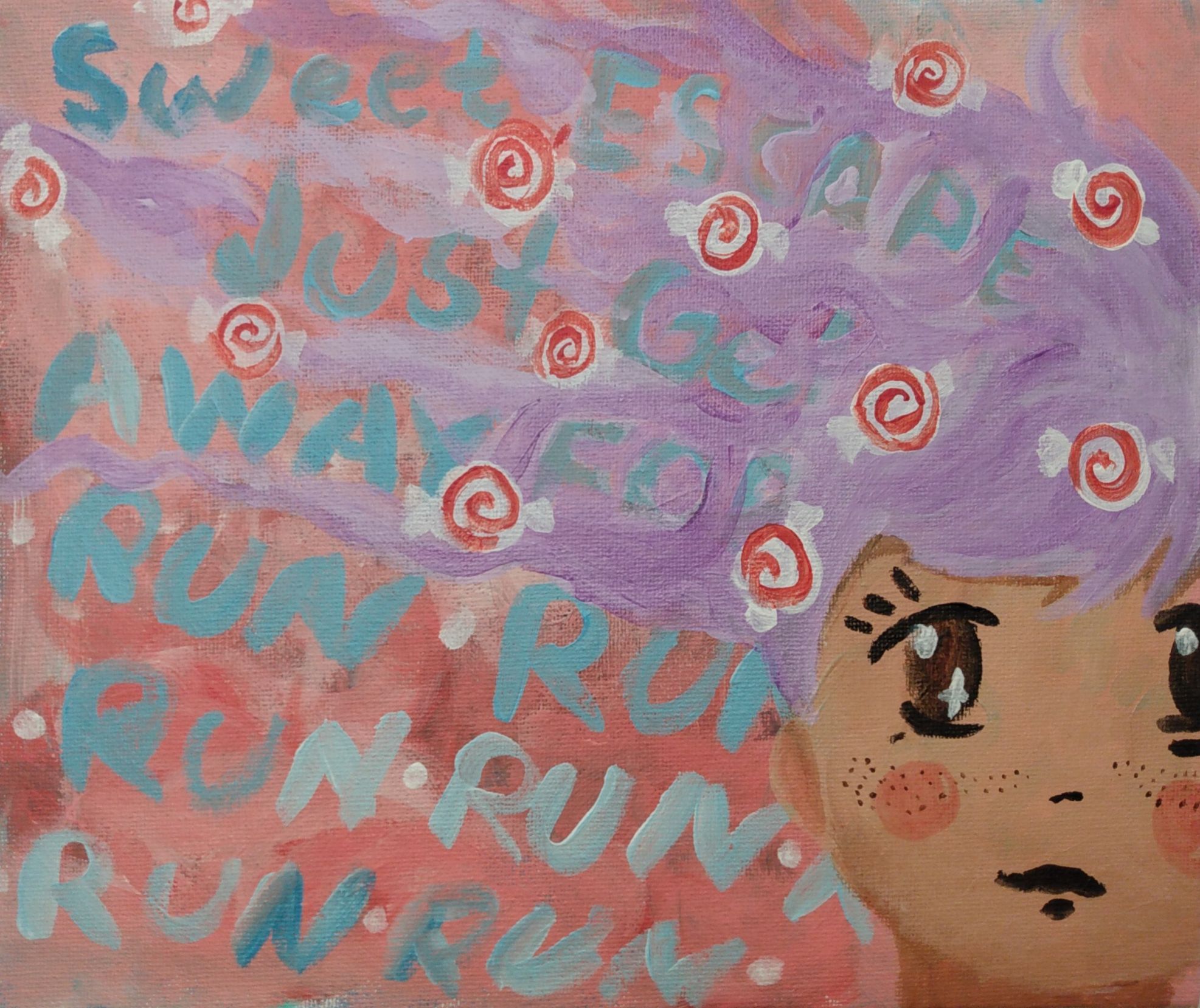
Adding Emotional Security to Your Art Practice
If the subject you are creating art about really taps into your frustraition, try pairing your activity with appropriate music. If the subject matter makes you a little anxious or sad, like my art does to me, sandwich working on it between moments of calmness.
Before starting, do something that you know relaxes you. Have a cup of tea, take a relaxing bath, walk outside, whatever gets you feeling calm. Then once you feel safe, get into creating your art. It’s okay if you cry while doing so. I usually end up crying at some point. Once you’ve had enough, stop and do something uplifting. Work out, watch a funny video or do anything else that soothes you.
It’s Calm + Do + Calm.
By the way, make sure to keep your project and the materials easy to access. I like keeping my art on a table in my office so I can work on it often. Also, don’t try picking up a new hobby to express your pain. Doing an activity you’re comfortable with makes it easier to focus on what you’re expressing instead of figuring out the technique.
So this is how I’ve been making art from my pain lately. I’m not quite ready to post pictures of my paintings yet, but I think it would be cool to do so eventually. And remember, although you may want to share the art you make, first and foremost, it’s for you. The main audience for this kind of work is always yourself.









 English
English
 Français
Français
 Deutsch
Deutsch
 Italiano
Italiano
 Español
Español

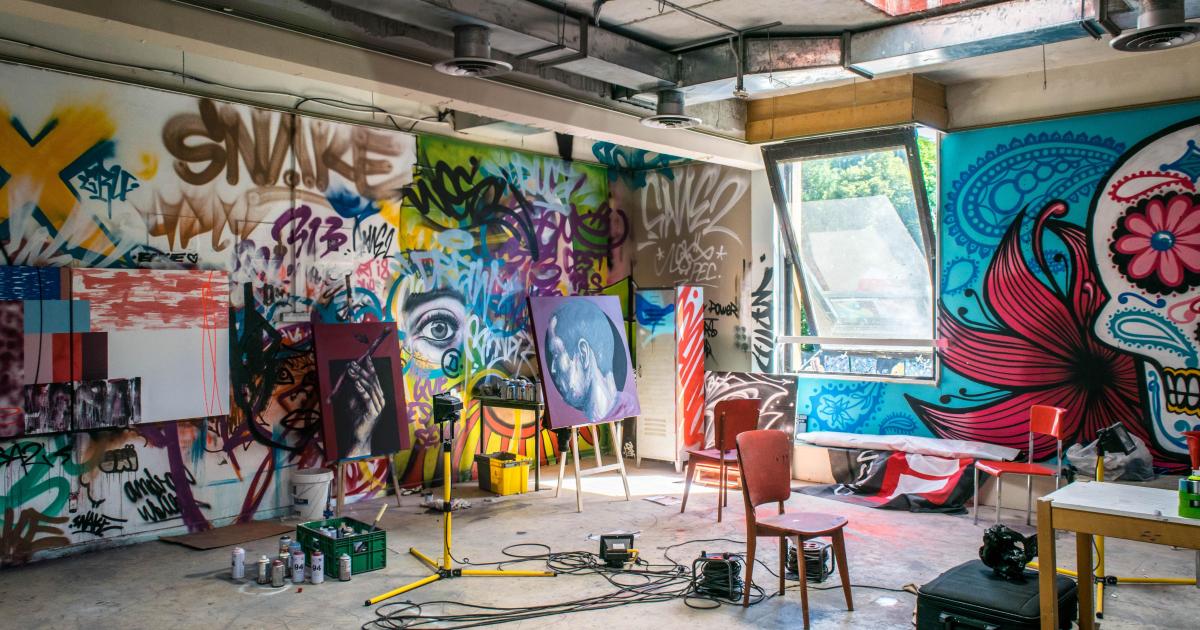

 Colaborar
Colaborar


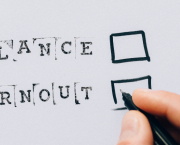

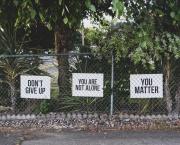

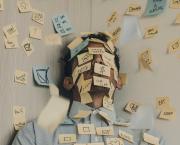
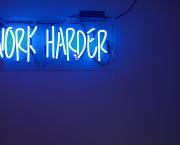

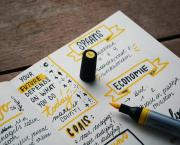


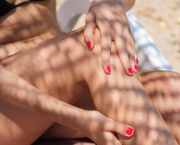
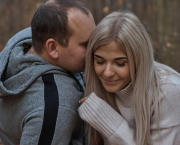

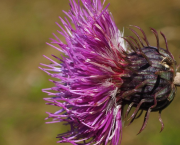
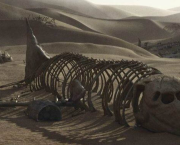
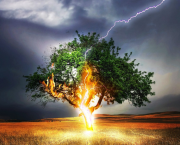
 Puedes apoyar a tus escritores favoritos
Puedes apoyar a tus escritores favoritos






William Gosset hace 3 años
Hi Arcadia, thank you for your publication.
I was wondering if you had social media accounts related to your work. If you have, we would be glad at Panodyssey to promote them on our own social media pages.
Thank you, have a nice day.
Arcadia Page hace 3 años
Thank you, I really appreciate that!
I think you've already found me on Twitter. My handle is @arcadiapage. I'm also active on Pinterest at pinterest.com/arcadiapage. I'm also slowly posting videos on Tiktok. You can find me there as @arcadiapage too.
William Gosset hace 3 años
Hi Arcadia.
You're welcome ! I indeed found you on twitter and I will go check your other social media accounts.